27th Anniversary of Kazakhstan's Membership in UNESCO
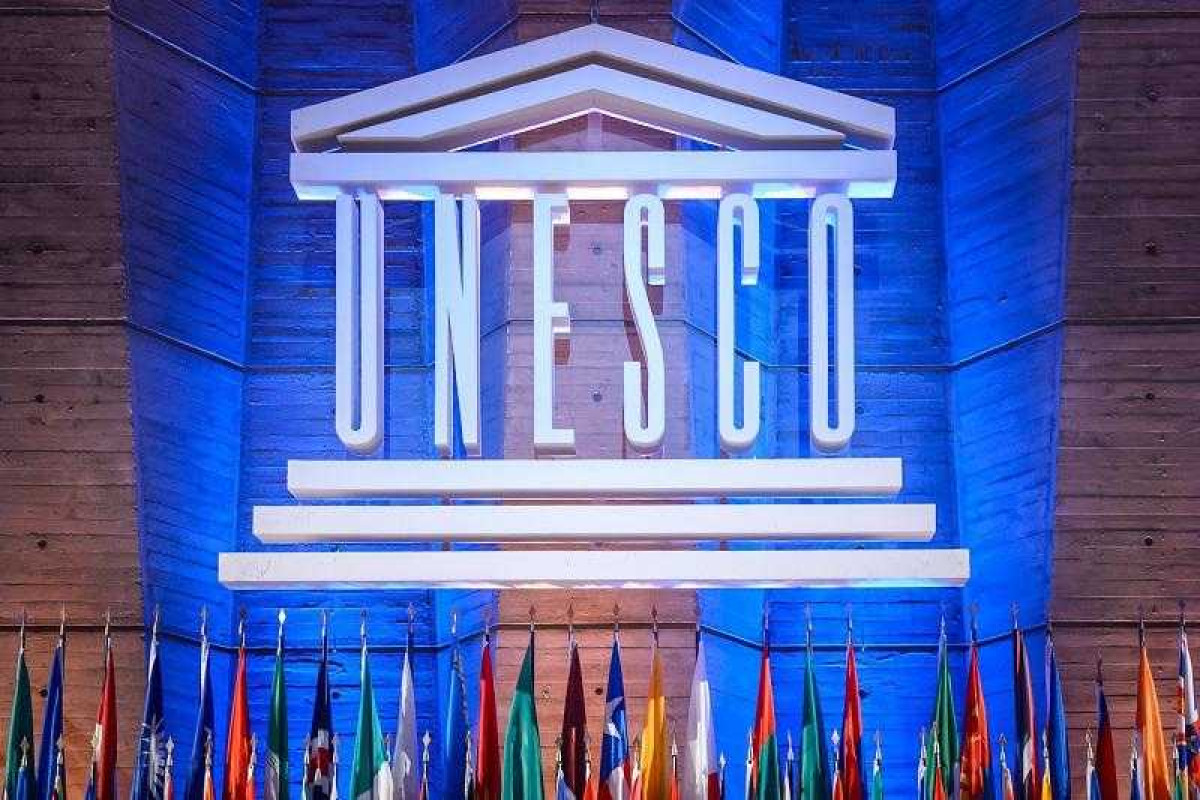
From the first days of its independence, Kazakhstan has established itself as an active participant in global information and cultural cooperation. On May 22, 1992, the country joined UNESCO (United Nations Educational, Scientific and Cultural Organization), rapidly developing in arts and humanities and expanding its cultural relationships and exchanges.
In 1993, Kazakhstan founded the National Commission for UNESCO to implement large-scale projects identifying the main areas of interaction with the international organization. The next step was Kazakhstan's accession to the Convention concerning the Protection of World Cultural and Natural Heritage in 1994.
The enhancement of cooperation with UNESCO was further supported by the Memorandum of Cooperation between the Republic of Kazakhstan and UNESCO signed in 1995, covering such areas as education, science and technology, social and human sciences, culture, communication, information, and the UNESCO Cluster Office in Almaty, which developed activities in Kazakhstan, Kyrgyzstan, Tajikistan and Uzbekistan.
Significant outcomes have been achieved over the years of cooperation. High-profile events have included the presentation of the “Cultural Heritage” state program at UNESCO headquarters, the celebration of the 200th anniversary of Makhambet Utemissov, the 150th anniversary of Abay, and the 100th anniversary of Mukhtar Auezov, Kanysh Satpayev, Abylkhan Kasteev, Alkey Margulan and Ahmet Zhubanov. A book of poems by Kazakh poets Nurlan Orazalin and Shomishbay Sariev was issued, and the epic “Kyz-Zhibek” was included in the UNESCO's calendar of memorable dates and events.
Five monuments of Kazakhstan's cultural and natural heritage are included in the UNESCO World Heritage List:
1)Khoja Ahmed Yasawi Mausoleum (2003)
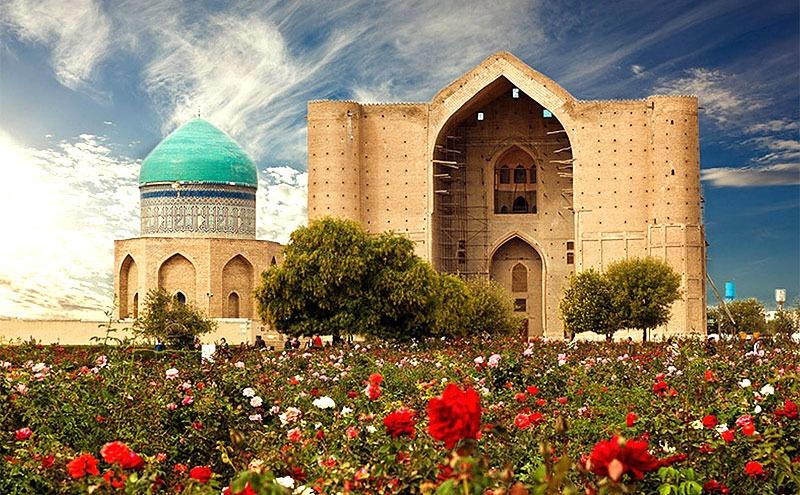
2)Petroglyphs within the archaeological landscape of Tamgaly (2004)
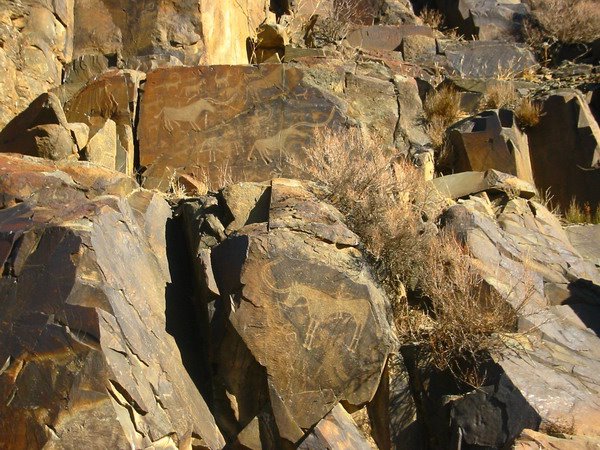
3) Korgalzhyn and Nauryzum reserves in the nomination “Sary-Arka - Steppes and Lakes of Northern Kazakhstan” (2008)
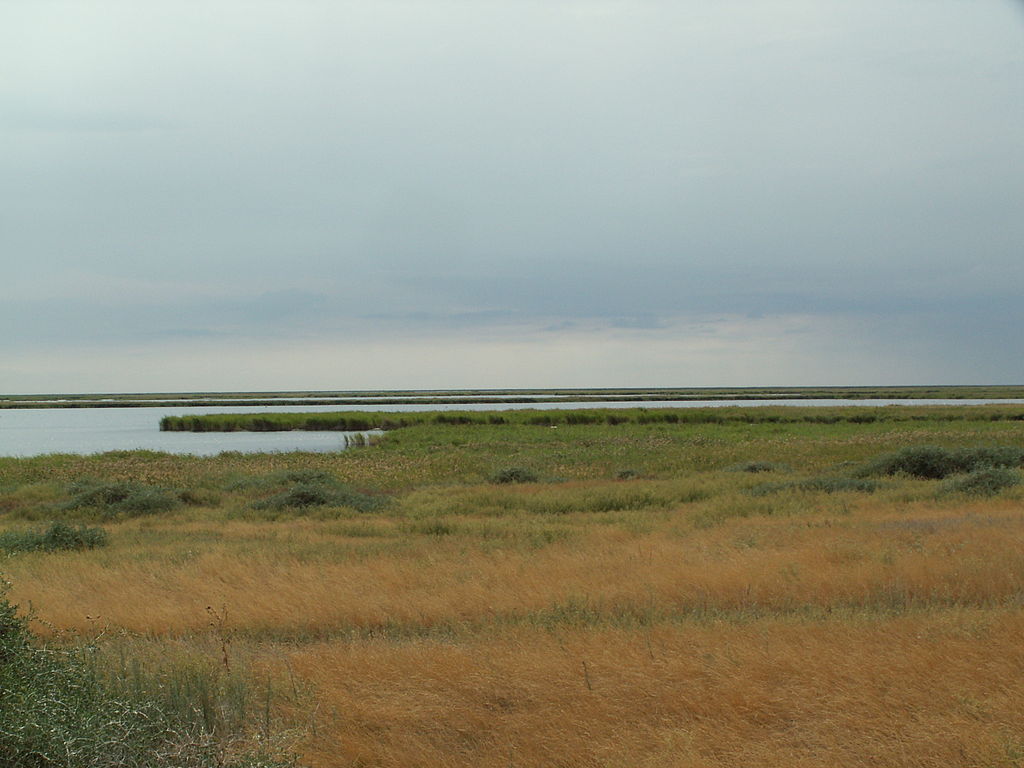
4)“Silk Road: the Routes Network of Chang'an-Tianshan Corridor” (Kazakhstan, China and Kyrgyzstan in 2014. Eight Kazakh sites are included: Kayalyk, Karamergen, Talgar, Stepninskoye, Akyrtas, Kulan, Kostobe and Ornek)
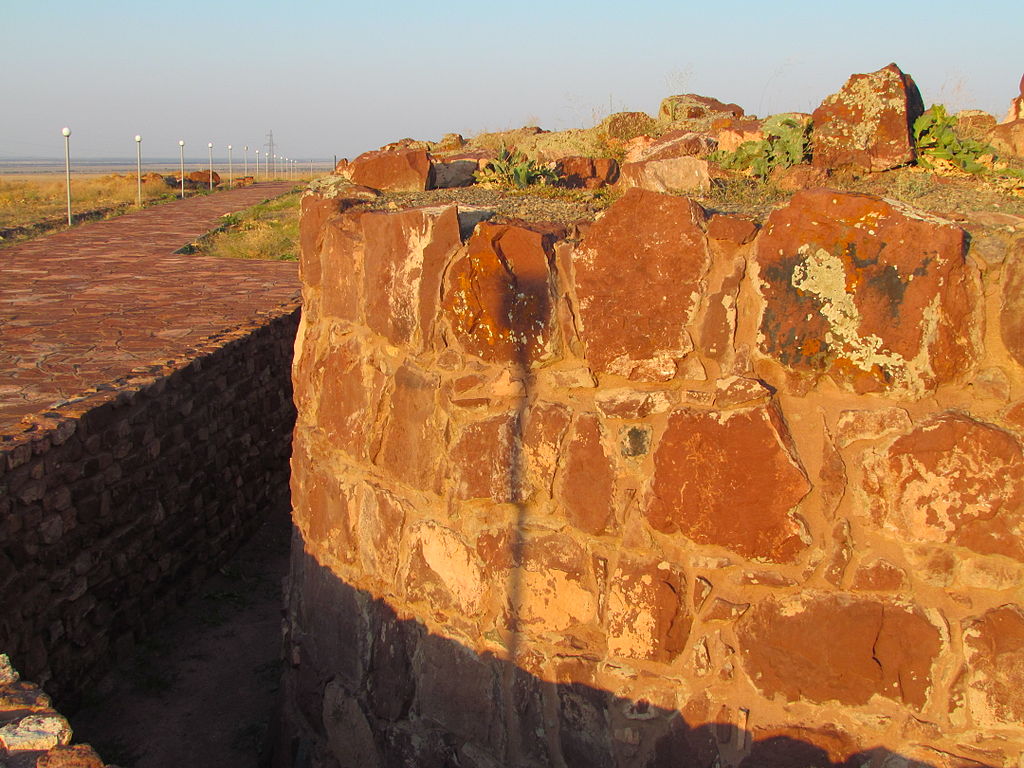
5) “Western Tien-Shan” (Karatau, Aksu-Zhabaglinsky and Sairam-Ugam Reserves in 2016).

Kazakhstan's election as a member of the World Heritage Committee for 2013-2017, as a result of its active work within UNESCO and its various bodies, was a significant milestone.
Kazakhstan's cooperation with UNESCO continues to gain momentum and contributes to the successful implementation of projects in all major areas of the organization's activities – culture, education, science and communications.
 Subscribe to our Telegram channel and be the first to know the news!
Subscribe to our Telegram channel and be the first to know the news!